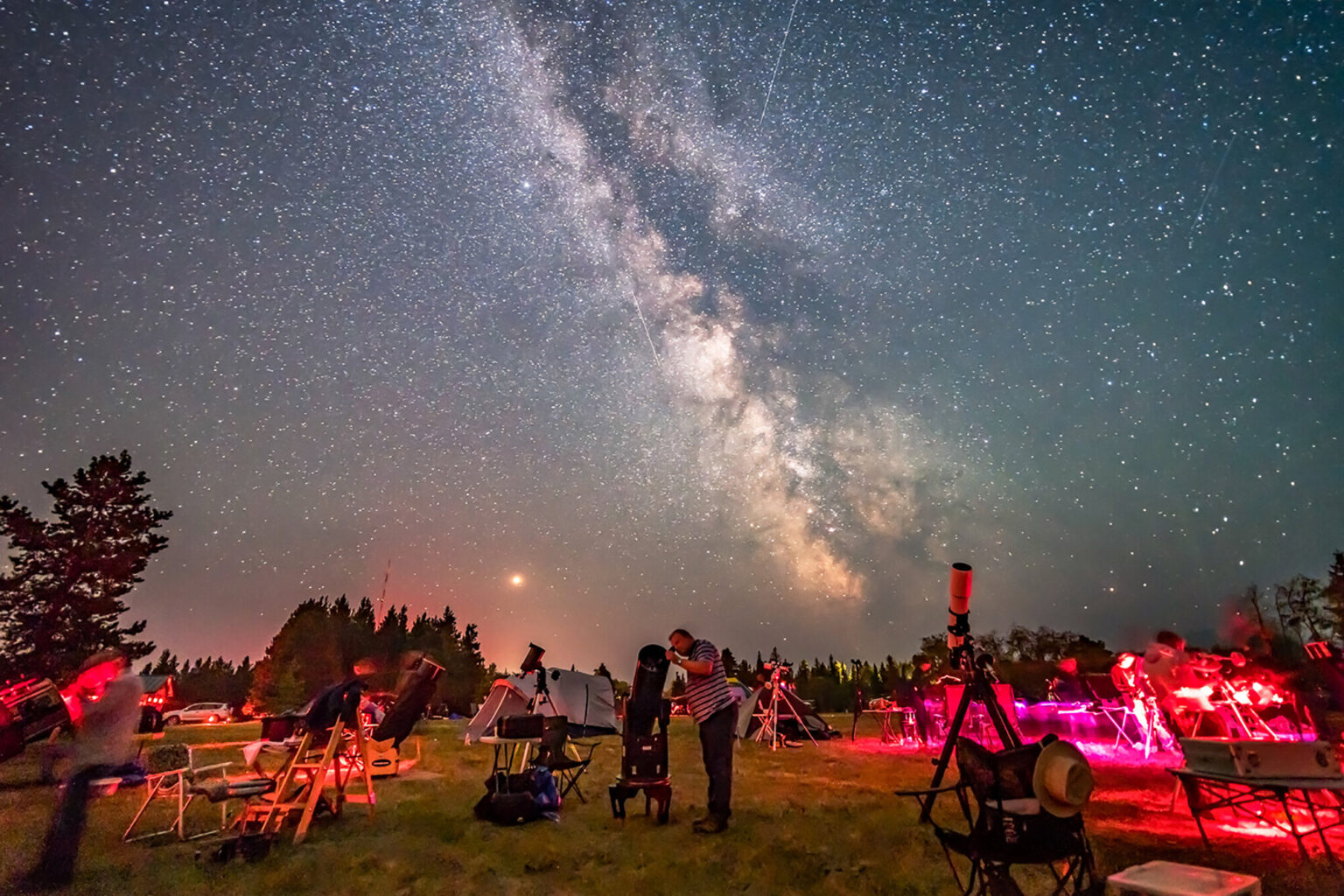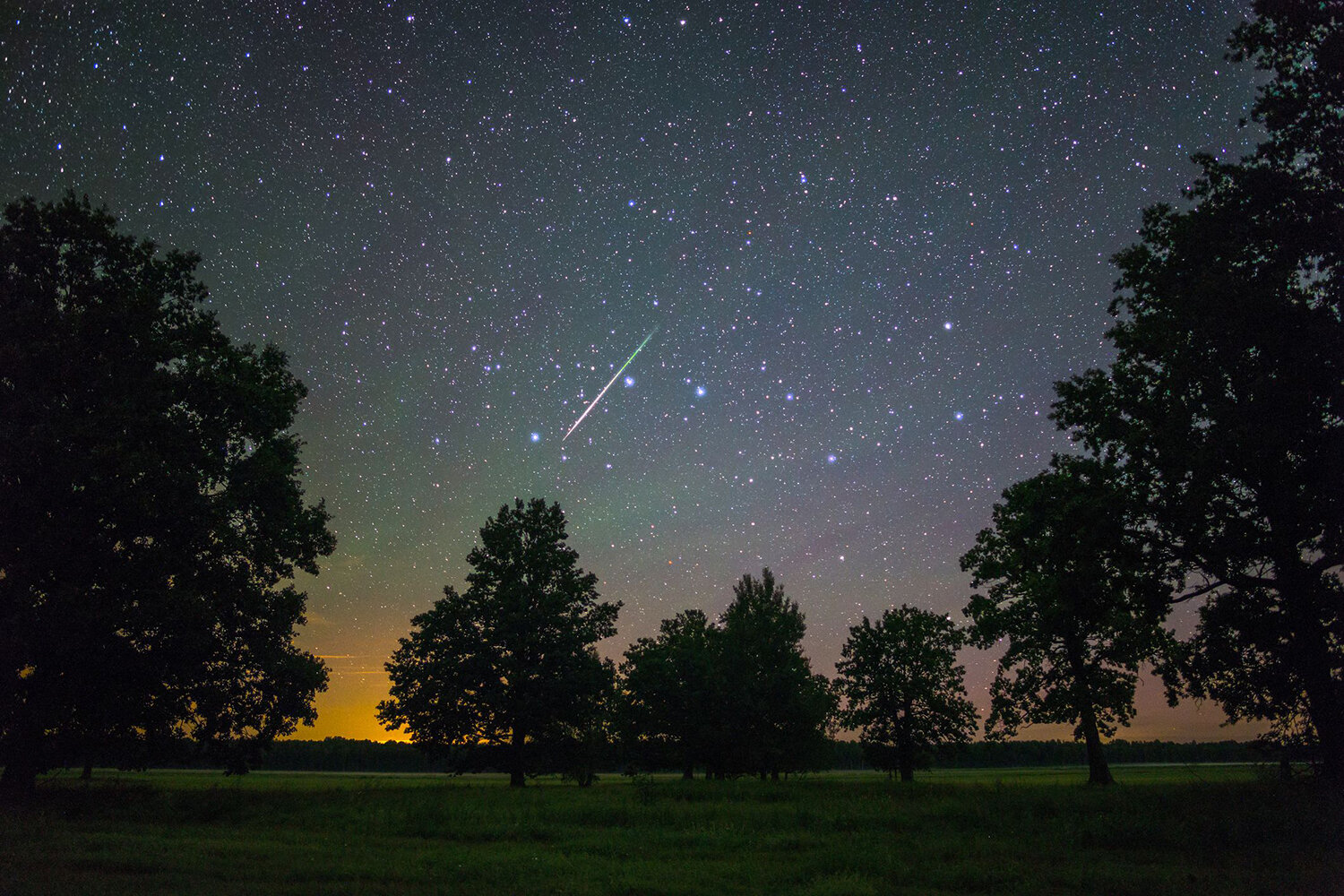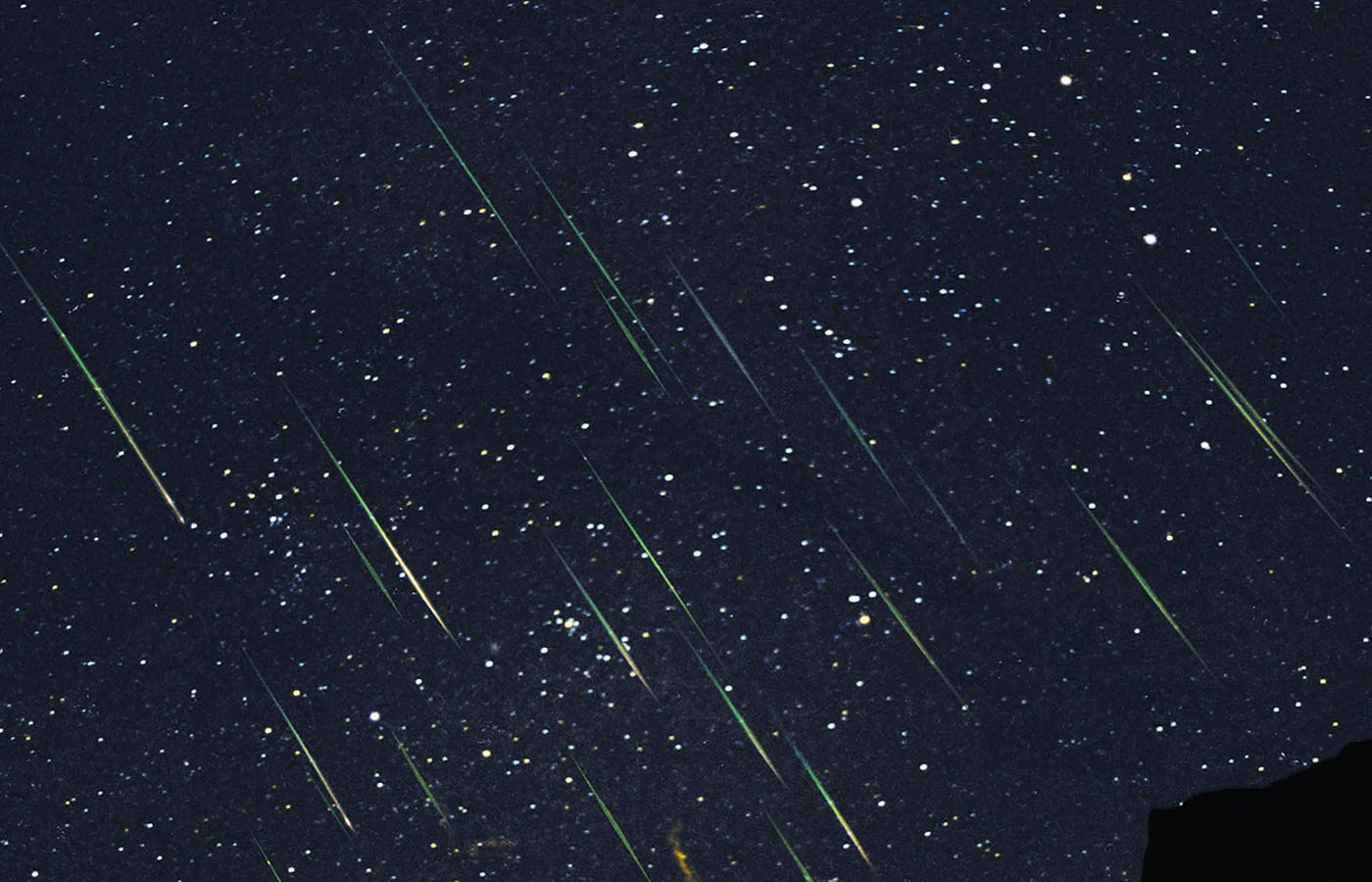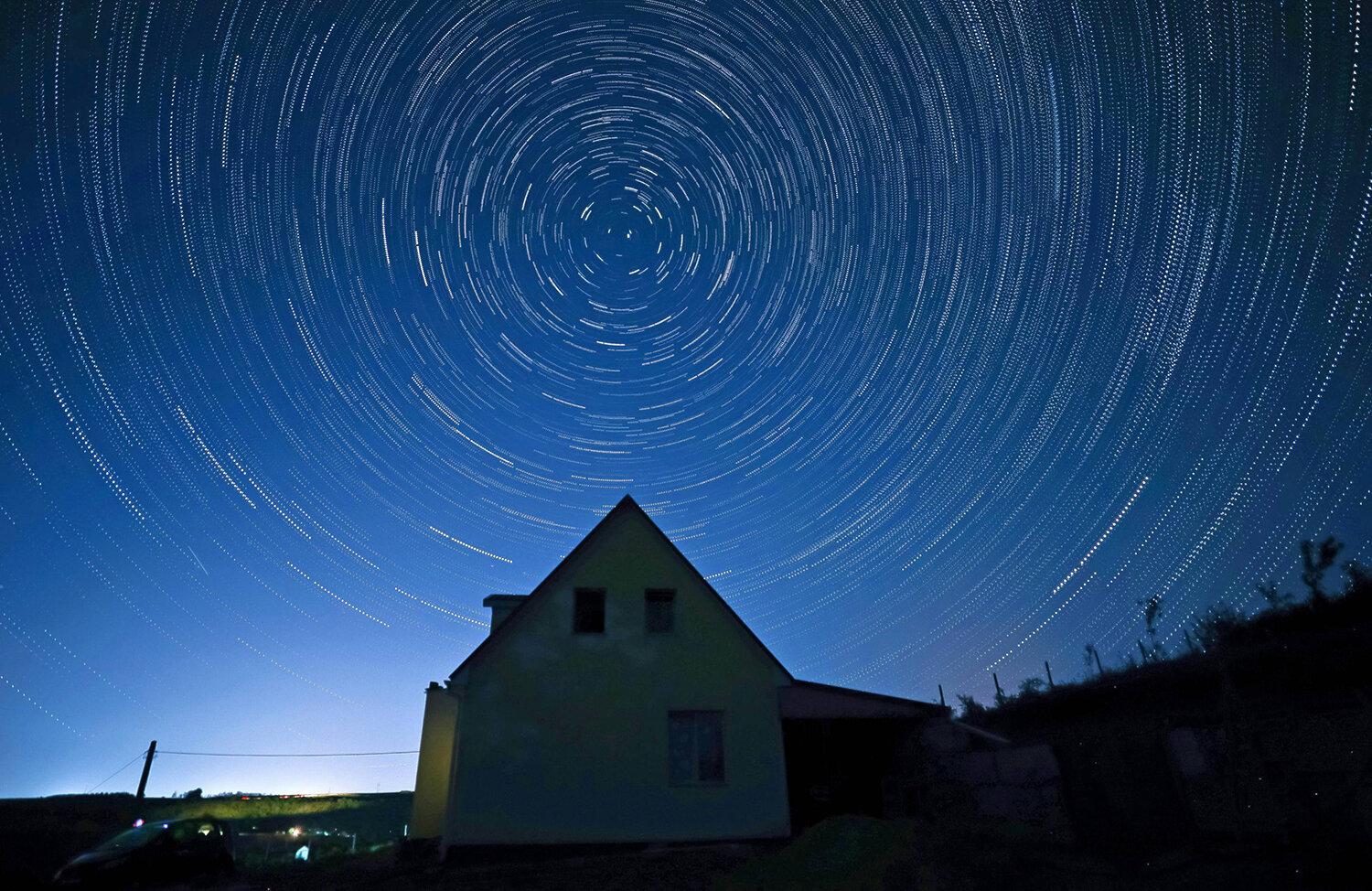
Star light, star bright: When can we see the next meteor shower?
When many of us were kids, nothing was more exciting than lying on our backs, staring up at falling stars in the night sky. In a world so dominated by media, nothing beats watching the original stream (get it?) of a star trail, millions of miles away from our messy, messy Earth.
A lot of us associate meteor showers with balmy summer nights, when we actually have to wait until long after 4pm for the sun to set before stars reveal themselves. We don’t actually have to wait for summertime to see meteor showers, and they continue throughout the year: one just needs to know when & where to look.
The American Meteor Society calculates there are over 900 suspected meteor showers to gaze upon from Earth, and they’ve determined the best times to see any visible ones. So even if you missed the Northern Lights display this year, you can catch the next meteor shower set to spray across the cold night sky with the AMS’s list of upcoming showers.

Ursids
The AMS reports the next meteor shower to dance on the stage of the great beyond is the Ursids shower. If in the Northern Hemisphere, one can still catch them from now until the day after Christmas.
The peak was said to occur on December 21st, but the remaining meteors will fall throughout the weekend. After that, we don’t have to wait long until the next big shower.

Quadrantids
“Well, what if I want to see the peak?” one might ask. Of course, most stargazers want to catch the highest volume of meteors, especially if they are bundling up in the cold winter night to see them.
Luckily, the next meteor shower activity period will go down the day after the Ursids end on December 27th. The Quadrantids are visible until Jan. 10th, and could be the brightest shower of the year if the predictably bad weather of January doesn’t obscure them, which the winter month often does.

Lyrids
If we don’t catch the Quadrantids this January, we may be waiting a long time to catch the next meteor shower. The Lyrids are next up on the schedule, but they won’t be visible from our cheeky little planet until April 16th, 2021 (who knows what it will look like by then.)
The Lyrids have a peak period from Apr. 21st to Apr. 22nd, and are brightest in the Northern Hemisphere, but will also be visible from the Southern Hemisphere. It’s always a crap shoot as to how visible the next meteor shower may be, but the Lyrids are capable of producing fireballs(!) in the night sky.

Eta Aquariids
Southern Hemisphere inhabitants rejoice: this next meteor shower is all about the South. Brownie eaters of the South will be stoked to know the Eta Aquariids will be visible from just before 4/20 to May 28th. The showers will still be visible North of the equator, but less so, and just before the sun rises.

Southern delta Aquariids
Surely the furthest time one can possibly look ahead to, this summer will host the Southern delta Aquariids shower. The shower will be almost invisible North of the Equator, but Southerners can catch the shower from July 21st to August 23rd, with a peak between July 28th & 29th.
2020 hasn’t been the greatest year for planning, and many events are only made possible with the new information of each passing day. Thankfully, the sky doesn’t give a sh*t about Earth, and meteor showers have no rain checks as they connect us all without the use of video chat. The next meteor shower is this weekend, and all we have to do is look up.



